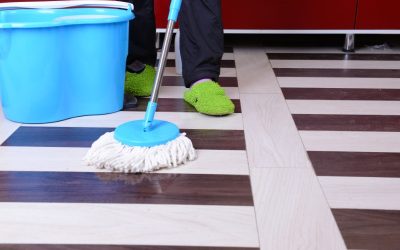There is nothing better than cooking on a well-designed and made cast iron skillet. These skillets are heavy, durable, and offer optimal heat retention for all types of frying, searing, cooking, and even for baking.
Cast iron skillets can be used over any type of heat, including on traditional electric or gas stoves, as well as on campfires or the grill. As it is made from iron, it is the ideal type of skillet for use on induction stove tops. The full iron handles, it can also be used in the oven, making it a great choice for one-dish types of meals or searing and roasting in the same pan.
The Cast Iron Issue
Traditional types of cast iron pans require care and dedication to cure the skillet and to keep it free from rust. This includes washing with water and avoiding any type of abrasive cleaners, while also adding oil and heating the pan after use. The surface of traditional types of cast iron can hold flavors, resulting in a transfer of the flavors to the next item cooked in the skillet.
Enameled Cast Iron Skillet Concerns
To avoid these issues, many people moved from a tradition to an enameled cast iron skillet. The enamel coating prevented rusting of the metal as it provided a protective layer, and it also eliminated the need to cure and maintain the surface.
At the same time, the enameled cast iron skillet could be damaged. The enamel will chip with bangs and use, resulting in areas of rust and food building on the bottom surface.
The best alternative to both the tradition and the enamel coated cast iron is to choose a nickel coated cast iron skillet. It offers all the benefits of the enamel coating but will not chip or become damaged with regular use.


